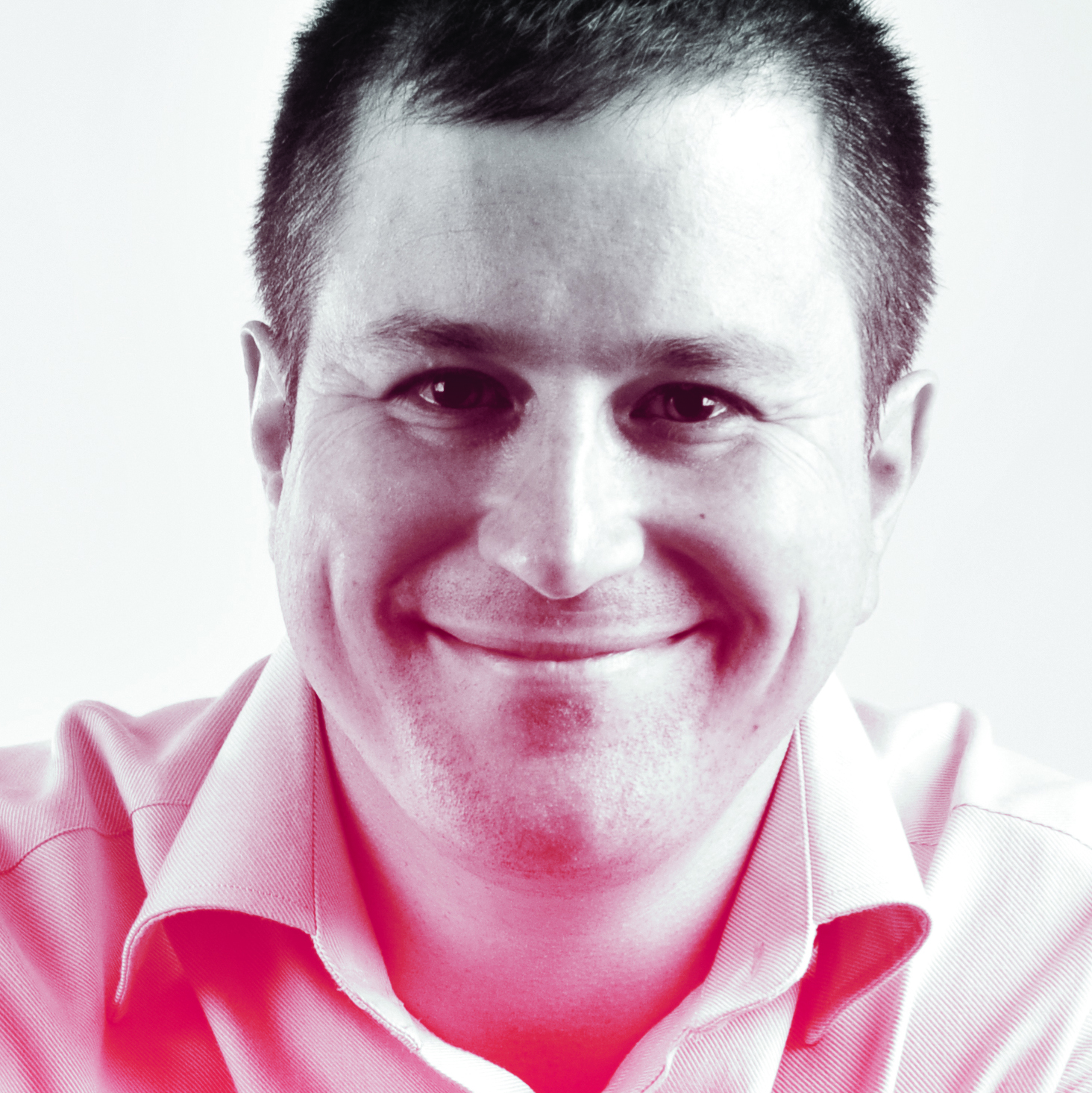
This week at its annual Adobe MAX 2022 event, the company has been announcing its latest software updates. We've already done roundups of the latest Photoshop features and Lightroom features, but last night Adobe turned our attention to the future, giving us a sneak peek of the next lot of innovations it's working on. And by the looks of it, photographers and photo editors are in for a treat.
There was a lot to take in, and if you want the full details you can watch the 86-minute video at the bottom of this article. But the short version is that the new AI tech coming to Photoshop will let you do some incredibly sophisticated things with your images, in just a few clicks.
Take the example of a portrait photo where you wish you'd stood back and captured more of the background in your shot. But you can't go back and reshoot, so there's nothing you can do, right?
Wrong. A new feature dubbed Project All of Me uses clever AI to extend your scene realistically, at the touch of a button. And we're not just talking a bit of extra grass: in the example shown below, the AI has also extended the subject's legs and added a pair of shoes, without you having to do a thing.

We were also shown how the girl could be given a longer dress, a different colored dress, different shoes and clothes entirely, or entirely different backgrounds, again at the click of a button.
Adobe is working on saving you time and effort in other areas too. Compositing, for instance, is a hugely and tedious time-consuming process. But once a forthcoming feature dubbed Project Clever Composites drops, it promises to become a mere case of drag and drop.
In a demo, Adobe used it to add interest to a photo of an empty road. You just click on a point, and the software will automatically find a stock image of a car that can be added to it. Not only that, but it will scale it to fit the perspective, adjust the color, and add shadows automatically. In the demo at least, this seemed astonishing quick and easy to do.
The best camera deals, reviews, product advice, and unmissable photography news, direct to your inbox!
While in the above example shadows were added automatically, a further new feature, dubbed Project Made in the Shade, will enable you to move a person or object within a photo and cast realistic shadows in ways that look infinitely customisable. For example, you can alter the position of the sun in the sky, and even cast shadows from things that aren't in the photo. Again, it all looks pretty intuitive and easy to use.
No mention of the future of photography, of course, would be complete without a mention of 3D. With companies pumping billions into AR and VR, Adobe clearly sees the metaverse as a future source of income for creatives of all stripes, and has been putting a lot of effort into making 3D creation easier and more intuitive. And photographers have not been left out.
Highlights in this arena include Project Artistic Scenes, a new feature that will allow you to upload a set of 2D photos of the same scene, and automatically turn it into a 3D panorama that can be viewed in 360 degrees through a VR headset. And that's not even the clever part: you'll also be able to automatically apply special effects to those scenes to spice them up. The demo showed us how a pointillism effect could be applied in this way, which was a little "out there", but gave you some idea of the possibilities here.

Another cool forthcoming feature, dubbed Project Beyond the Seen, allows you to generate full 360° panoramas from a single 2D image, in order to create realistic and fully immersive 3D environments for VR viewing. We're not sure how useful this will be, when presumably actual 360 cameras could do a better job, but it could certainly provide a useful halfway house if a 360-shoot isn't possible and only still photos of a place or scene are available.
Ultimately, though, whether a particular future-feature will be of direct use to you isn't the important thing here. What Adobe's Sneaks event really tells you is that in future, photo editing will be much quicker, easier and accessible to the average person.
That's potentially bad news for image editors who currently make their living doing cumbersome, time-consuming tasks, because those tasks are increasingly being taken over by AI. But it's potentially good news for example, for commercial photographers who need to make significant edits or changes to their photos – maybe to meet the unreasonable demands of clients – without having to reshoot entirely.
Tom May is a freelance writer and editor specializing in art, photography, design and travel. He has been editor of Professional Photography magazine, associate editor at Creative Bloq, and deputy editor at net magazine. He has also worked for a wide range of mainstream titles including The Sun, Radio Times, NME, T3, Heat, Company and Bella.




